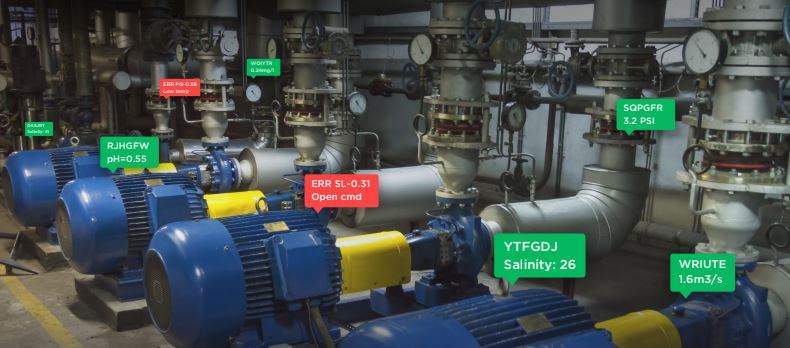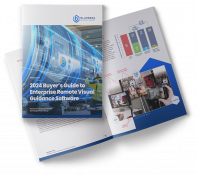Help Lightning Blog
What is Spatial Computing?

In his 1998 book, The Invisible Computer, usability guru Donald Norman argues that personal computers are much more complex and frustrating to use than they ought to be. He explains that the reason for this complexity is that computers were historically designed by engineers, for engineers; the designers never really considered the users’ needs first in the design process.
People who aren’t engineers don’t want to use a computer for the sake of using a computer; they want to accomplish specific tasks that are not, first and foremost, “computing.”
Norman’s proposed solution is to design and implement “information appliances” to meet the specific needs of users. These tools should be designed “to fit so well that the tool becomes a part of the task” and not an impediment to overcome, or even thought about much.
To some degree, we as a society have achieved this goal. Yes, desktop and laptop PCs are still frustrating and unreliable. But Apple (the company that introduced “the computer for the rest of us”), and others who followed in their wake, fundamentally changed the way we interact with computers by developing the smartphone.
The low-end freebie smartphone you get from your service provider has way more computing power than the behemoths that landed astronauts on the Moon, yet we don’t think of smartphones as “computers.” We still call them “phones,” even though telephony represents only a tiny portion of the uses to which we put these devices. In this way, the computer has become somewhat invisible.
Spatial Computing: The Invisible Computer’s Next Stage
The smartphone, however, is still a device. We have to choose it carefully on the basis of its specifications and our budgets. We have to carry it around, pick it up to use it, keep its battery charged. Accidentally leaving it at home is cause for an intense personal crisis.
To truly become “invisible,” the hardware needs to fade into the background and become a part of the environment, leaving only the software for users to interact with.

Spatial Computing: A Definition
That’s the promise of what’s being called spatial computing, a new trend closely related to augmented reality (AR) and virtual reality (VR). Definitions vary, but broadly speaking, spatial software is the technology that will make the computer’s user interface a seamless part of the three-dimensional world in which we live, work, and play.
Benefits of Spatial Computing for Field Service
In the world of field service, the benefits of spatial computing are numerous: saving time and money, improving safety, and adding to job and customer satisfaction. Spatial computing delivers on the following and other intangible benefits.
- Increase profitability
- Save truck rolls
- Increase productivity
- Improve and speed workflow
- Maintain knowledge in-house
- Minimize equipment downtime
- Increase customer satisfaction
- Deliver immediate solutions with real-time IIoT
- Improve safety
- Reduce training time
- Improve performance
- Reduce errors
A Winning Combination: Spatial Computing, Augmented Reality, and You
Presently, AR solutions for field service are deployed mainly by tablets or smartphones. But imagine a world in which you don’t have to hold a smartphone (along with your other tools) to take advantage of an AR field service solution. Imagine, using the safety goggles you have to wear on the factory floor anyway, doing things such as:
- Visually mapping out parts with real-time sensors to help detect leaks or stoppages, superimposed over the reality in front of you
- Seeing a machine’s data hovering over it in real-time—and “rewinding” and “replaying” its operation—to deep dive into the data
- Virtually laying out a system in different configurations and evaluating them to optimize efficiency and safety
- Quickly locating and replacing a malfunctioning part, instead of losing minutes of valuable time looking around the machine or factory floor until you find it
- Visualizing the equipment and diagnosing the problem before traveling to the site—ensuring you bring the right parts and tools for the job
Getting Ready for the Next Dimension
As with all new technologies, an organization can’t just jump in with a big capital outlay and expect all its problems to be solved. Implementation requires careful planning and preparation. Despite the obvious benefits of moving from 2D to 3D, spatial software for field service is no exception. Real requirements need to be identified and vetted. Costs and benefits need to be analyzed. The scope of the solution needs to be clearly defined, and the stakeholders need the discipline to honor the defined scope.
Spatial AR applications are coming soon and will revolutionize the way we interact with computers. Donald Norman’s prescient vision of the “invisible computer” from over 20 years ago is becoming a reality. Will you be ready?












